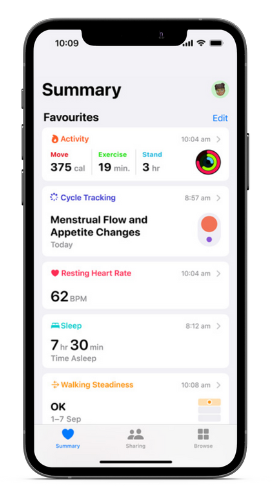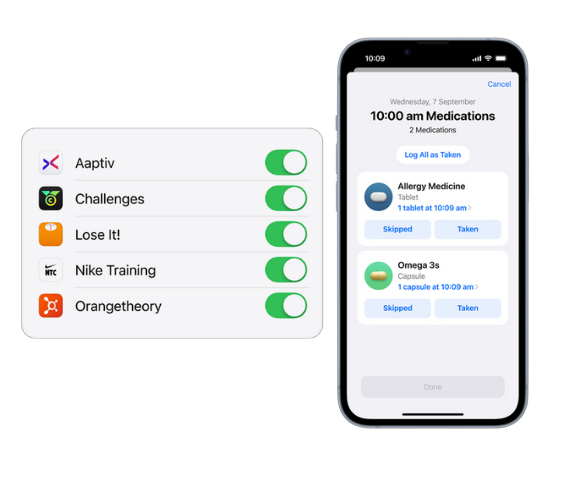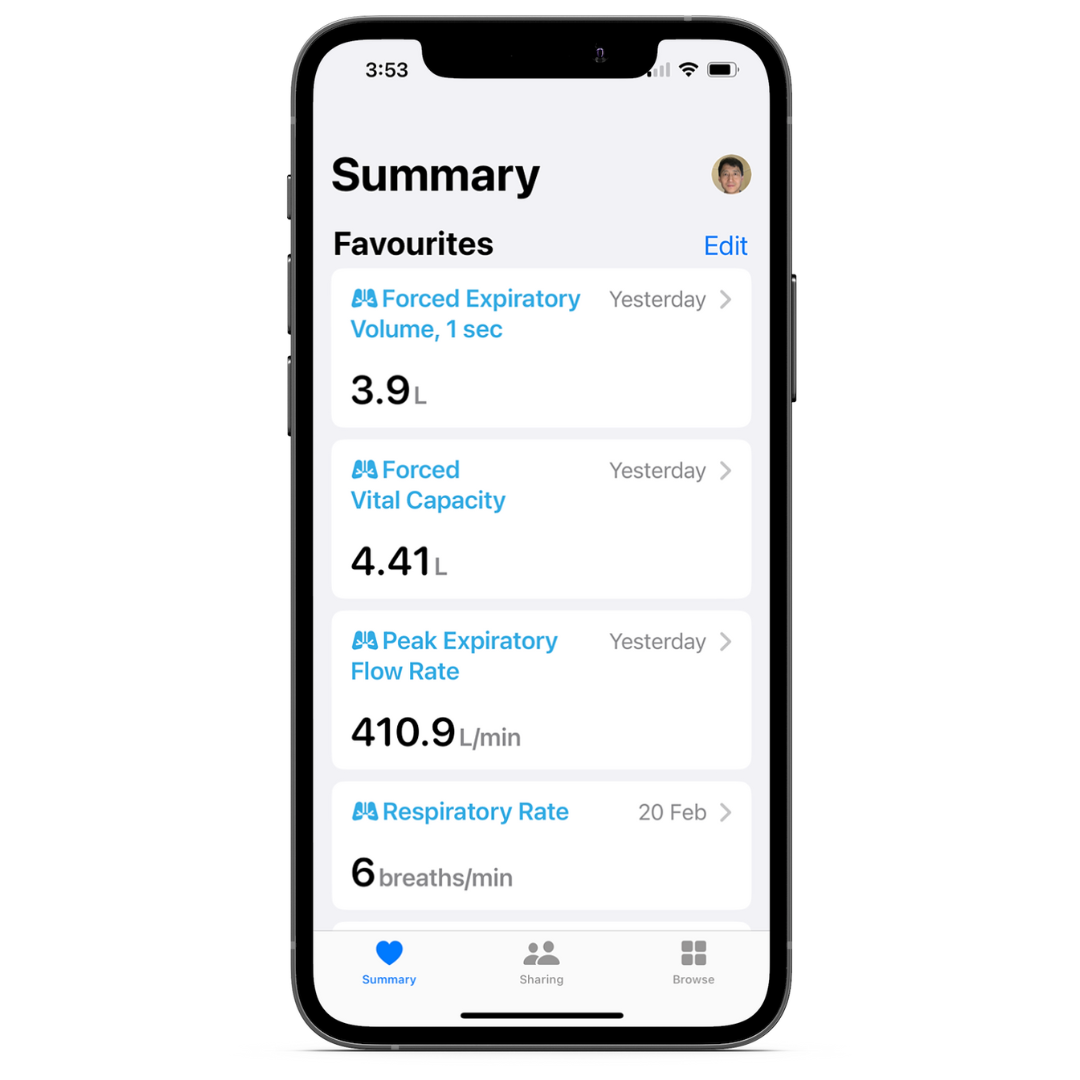Apple Health App is increasingly becoming popular with many health-conscious people. This is because the App collects many types of health information in one place, which provides a more complete picture of how your overall health goes than a small fraction of health data would tell. The App was released by Apple in 2014 with the goal to provide users with easy-to-understand, meaningful insights so they can be empowered to live a healthier life.
The Apple Health App is a built-in app on your iPhone or iPad that lets you track your health and fitness data. It can be used to monitor the following:
- Sleep quality
- Steps taken each day
- Heart rate (if you have an Apple Watch)
- Active calories burned during exercise or movement throughout the day


Over the past 9 years, Apple has continued to improve it, with recently added features to track your medications, share your data with your doctors, see your sleep stages, etc.
One of the great features of the App is that it facilitates and encourages innovative third-party health and fitness apps to pass their sensed data to Apple Health.
Examples of data from third-party Apps include heart rate and walking steps, which many brands of sports watches are able to provide. Apart from many other types of health information, Apple Health App provides data types covering all five vital signs for human health:
- Heart rate
- Blood pressure
- Body temperature
- Breath rate
- Spirometry
The top three are widely obtainable from many products worldwide, however, Apps with Breath Rate and Spirometry data are hardly available.
The Great news is that Aimwell AYO BT+ Breathing Measurement and Exerciser can do just that! A great innovation in breathing training and measurement, this Australian invention stands out from the rest in offering these vital data to Apple Health. Spirometry, in particular, is specifically important for asthma and COPD management.
The way to get the breathing data to Apple Health
Breath Rate:
This is done in the Breathing in Meditation session of the AYO BT+ App, where you are supposed to be in a resting and completely relaxed state. At the end of the session, a summary report will be generated, with an average Breath Rate calculated. Once the result is saved to the App, the Breath Rate is then linked to Apple Health.
Spirometry:
This is done in the Spirometry Testing session of the AYO BT+ App, where the following lung function Testing is performed:
Forced Vital Capacity (FVC): The total amount of air you exhale during a forced expiratory volume test, which is an indication of the lung capacity in volume.
Forced Expiratory volume, 1 second (FEV1): Forced Expiratory Volume during the first-second expiration, which is an indication if the airways are obstructive or not.
FEV1/ FVC: The ratio between FEV1 and FVC is used in the diagnosis of restrictive or obstructive lung disease. For healthy people, it is above 70%. The value is reduced for asthmatics and COPD patients.
Peak Expiratory Flow Rate (PEF): The maximum expiratory flow is an indication of the degree of obstruction in the airways. The value is reduced for asthmatics and COPD patients.
Once a test is completed and the result is saved to the App, FVC, FEV1, and PEF will be linked to Apple Health.
Within Apple Health, a calendar format data storage is provided, where you can see the data in Day, Week, Month, 6 Months, and Year format, a great way to see how these data are trending at a glance.
In short, your health information is now more complete with AYO BT+ providing vital breathing and lung function data.


